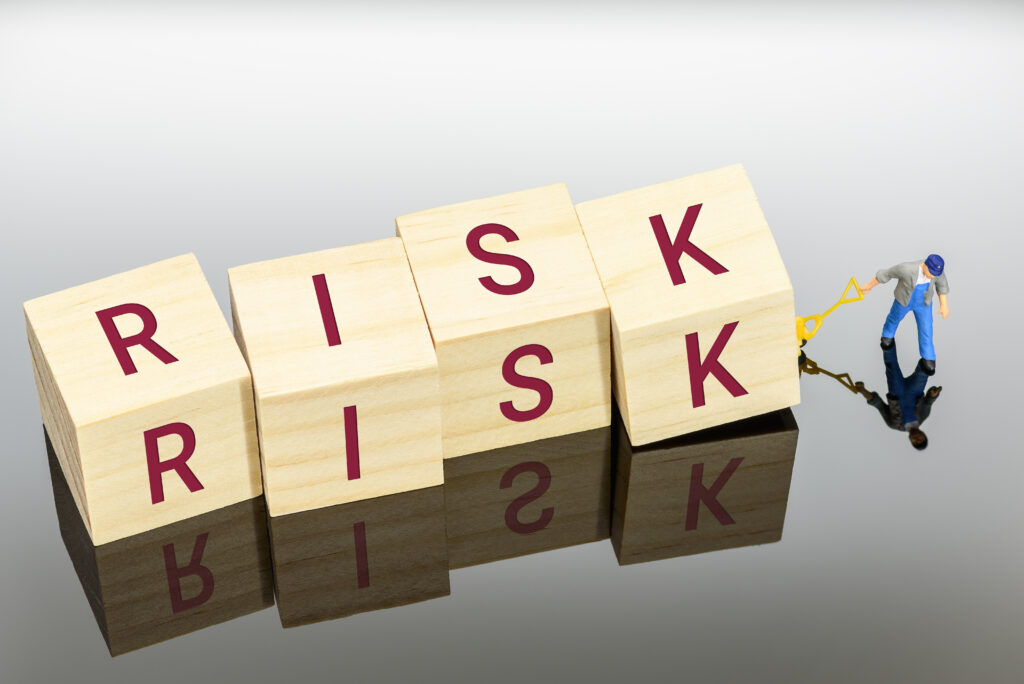
What exactly is a supply chain attack, and how does it impact your organization? A supply chain attack is a type of cyberattack that targets an organization’s external suppliers and vendors. This can have significant consequences for the organization, such as financial losses, damage to reputation, and costly recovery efforts.
The process of identifying and mitigating potential risks to your supply chain is known as cyber supply chain risk management. This includes assessing third-party vendors’ security, ensuring that their products and services meet the necessary security standards, and putting measures in place to protect against potential cyberattacks.
As we navigate through today’s competitive business world, it’s essential to understand how to manage cyber supply chain risks. Failing to do so could mean the difference between maintaining order within your daily operations and facing the chaos of ruthless cyber criminals.
Implementing best practices can go a long way in minimizing the impact of a supply chain attack and protecting your bottom line.
Recommended security practices
Prevention is always better than cure, especially when managing data, systems, software, and networks. However, by proactively adopting best practices, it is certainly possible to address supply chain risks. Some of these practices include:
Having a comprehensive cyber defense strategy
This involves taking a proactive and holistic approach to protecting your business from threats within your supply chain. For that, you need to focus on identifying and assessing potential vulnerabilities, implementing robust security measures to prevent attacks, and developing contingency plans in case of a breach.
Conducting regular security awareness training
You must educate all employees about how even a minor mistake on their part could severely compromise security. In addition, since employees are usually the first line of defense against cyberattacks, they must be trained to identify and avoid potential threats, especially from within your supply chain.
Remember that drafting and implementing an effective security awareness training program should not be a one-time affair. Instead, it should take place regularly to ensure all stakeholders are on the same page.
Implementing access control
Enabling an access control gateway allows verified users to access your business data, including those in your supply chain, and helps minimize the risk to sensitive data. Both authentication (verifying the user’s identity) and authorization (verifying access to specific data) are crucial in implementing a robust access control strategy. Additionally, you can restrict access and permission for third-party programs.
Continuously monitoring for vulnerabilities.
Continuously monitoring and reviewing the various elements and activities within your supply chain can help identify and address potential security threats or vulnerabilities before a cybercriminal takes advantage of them. This can be achieved with tools and technologies, such as sensors, tracking systems, and real-time data analytics. Continuous monitoring can also help you identify and address any bottlenecks or inefficiencies in your supply chain, leading to improved efficiency and cost savings.
Installing the latest security patches
This practice enhances security by ensuring that all systems and devices are protected against known vulnerabilities and threats.
Usually, software updates that fix bugs and other vulnerabilities that hackers might exploit are included in security patches. By installing these patches promptly, you can help safeguard your business against potential attacks or disruptions and reduce the risk of other negative consequences.
Developing an incident response strategy
An incident response strategy is a plan of action that outlines ways to handle unexpected events or disruptions, including those resulting from a supply chain attack. This strategy helps ensure that your organization is prepared to respond effectively to any potential security breaches or other issues that may arise.
Some components of a supply chain incident response strategy may include identifying potential threats and vulnerabilities, establishing clear communication channels and protocols, and identifying key stakeholders who should be involved in the response process.
Adopt these best practices before it’s too late.
Supply chain security is a complex and multifaceted issue. The best practices mentioned above are just the tip of the iceberg regarding what you should do to avoid security incidents. In addition, it can be overwhelming to try and implement all of these measures on your own, especially if you already have a lot on your plate.
One effective way to begin is by partnering with an IT service provider like us. We have a wealth of experience and expertise in this area and can provide the support and guidance you need to ensure a secure and safe future for your business. So don’t go it alone – get in touch with us today, and let us help you take the first steps towards a safer tomorrow.

